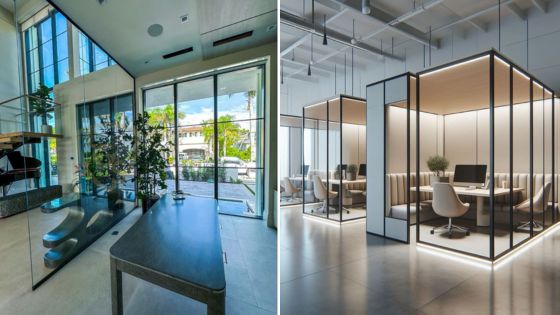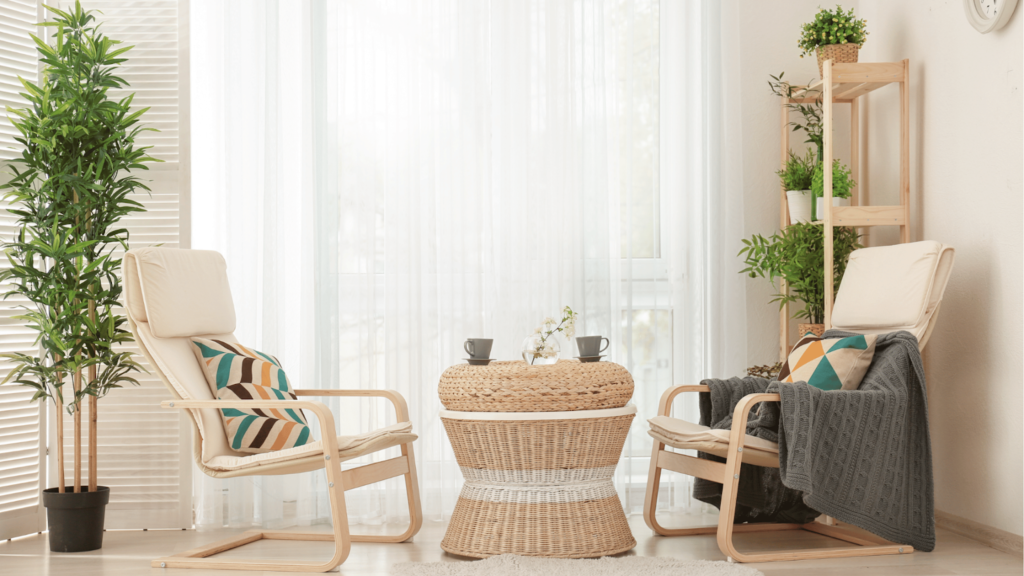
Refreshing your home’s design can breathe new life into your living spaces, creating an environment that reflects your personal style and meets your functional needs. Whether you’re planning a complete overhaul or just a few updates, understanding the key elements of a successful makeover is essential. By focusing on elements such as color, furniture, lighting, and accessories, you can achieve a harmonious and stylish home.
Key Takeaways
- Select a cohesive color palette that reflects your personality and sets the desired mood.
- Invest in high-quality, stylish furniture that balances function and aesthetics.
- Implement a layered lighting approach to create a warm and inviting ambiance.
- Choose accessories that add personal touches and rotate them seasonally for a fresh look.
Color: The Foundation of Design

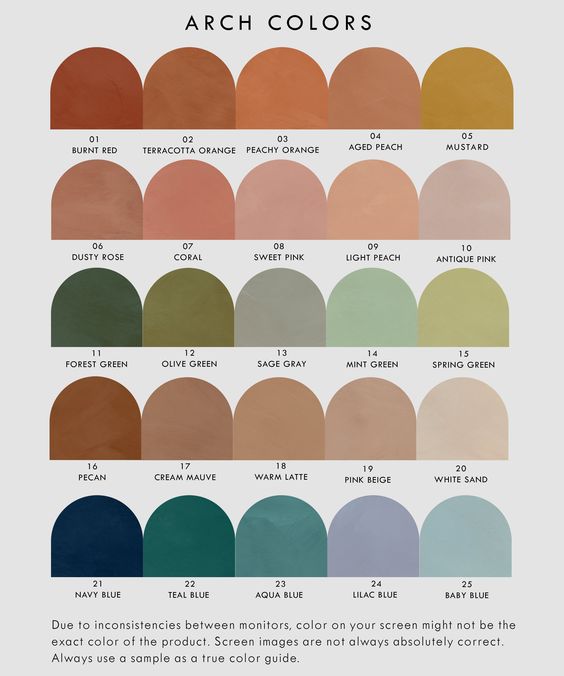
Choosing the Right Color Palette
Color sets the tone for any room and is the foundation of your design. Selecting a cohesive color palette can make a dramatic impact. Many online stores including Interior Moderna offer various colors that reflect your personality and the mood you wish to create. For instance, soft pastels can create a calming atmosphere, while bold hues can add energy and vibrancy.
Incorporating Trendy Colors
While it’s essential to choose colors you love, incorporating trendy shades can modernize your space. Pantone’s Color of the Year, for example, often inspires fresh ideas. Consider integrating trendy colors through easily changeable elements like throw pillows or wall art.
Using Color to Define Spaces
Open-plan living requires clever use of color to define different areas. Use contrasting colors or varying shades to create visual separation between the dining area, kitchen, and living room. This technique can help maintain a sense of order and flow in your home.
Furniture: Balance Function and Style
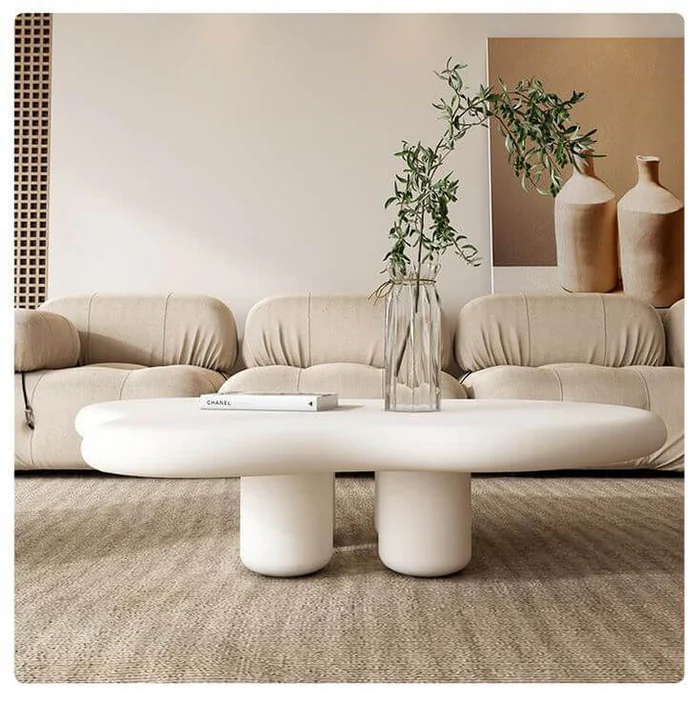
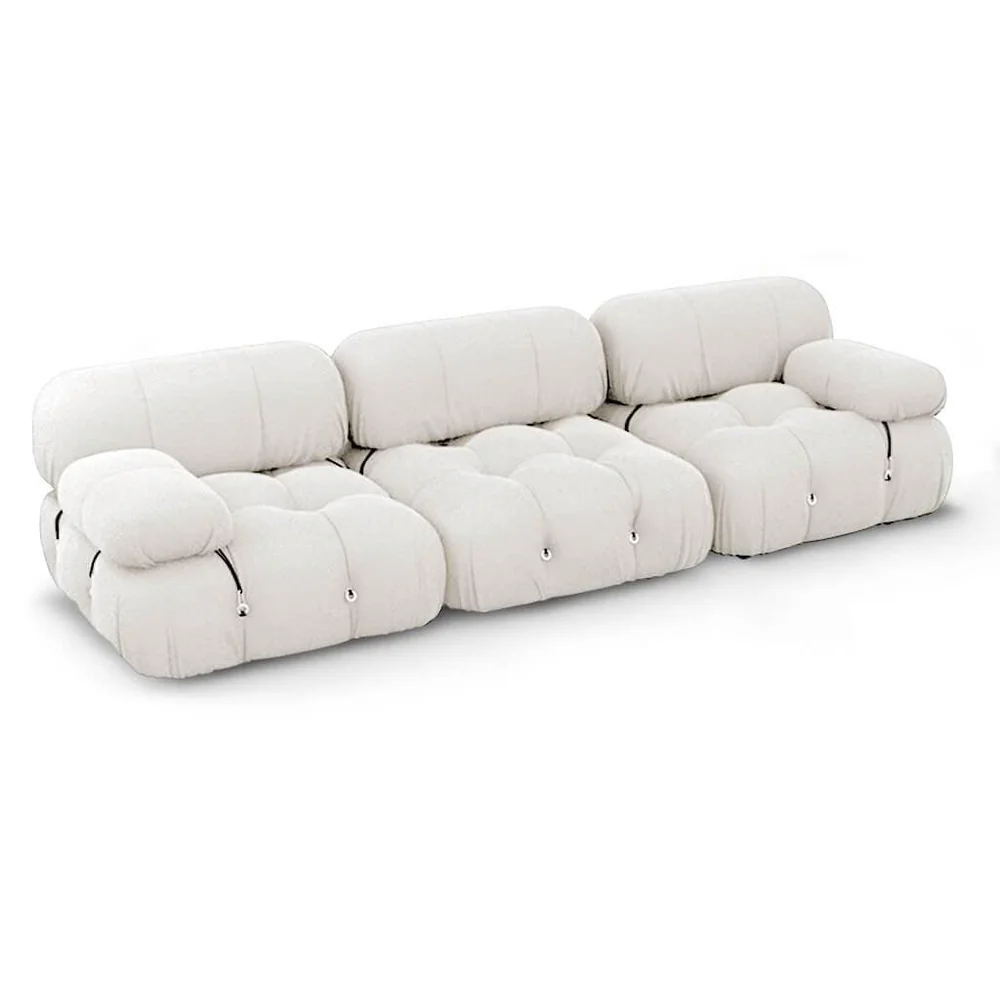
Selecting Key Pieces
Furniture plays a pivotal role in both the functionality and aesthetics of a room. When choosing furniture, consider pieces that offer both style and practicality. Invest in timeless, high-quality items that provide comfort and support. For example, a statement sofa or a chic dining table can serve as focal points around which you build the rest of your decor.
Arranging for Flow and Comfort
The arrangement of furniture significantly affects the room’s usability. Ensure that your layout promotes easy movement and conversation. Create cozy seating areas by grouping furniture around focal points like a fireplace or a large window. Check out these tips on furniture arrangement for more ideas.
Mixing and Matching Styles
Don’t be afraid to mix and match different furniture styles. Combining modern pieces with vintage finds can add character and uniqueness to your home. Experiment with different textures and materials to create a layered and interesting look.
Lighting: Illuminate with Intent
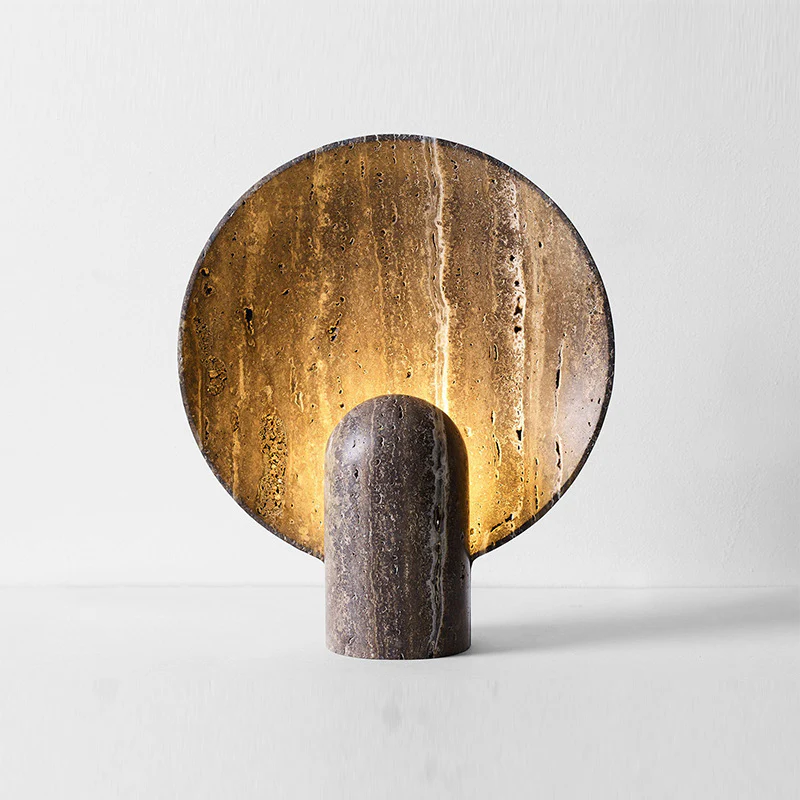
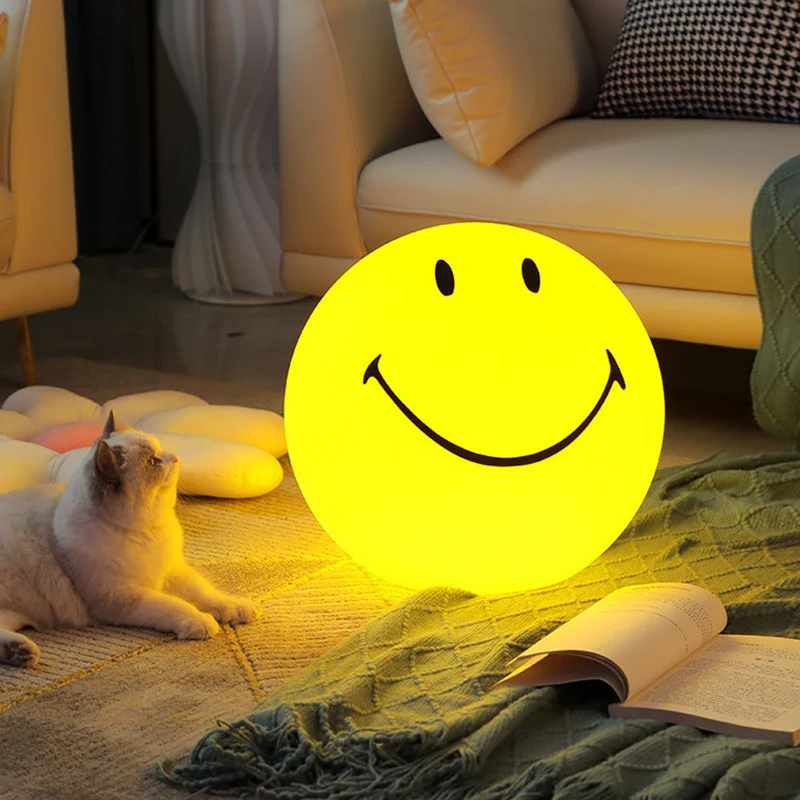
Layered Lighting Approach
Effective lighting involves more than just a central ceiling fixture. Implement a layered lighting approach by incorporating ambient, task, and accent lighting. Ambient lighting provides general illumination, task lighting enhances functionality, and accent lighting highlights architectural features or decor.
Choosing Light Fixtures
The choice of light fixtures can significantly influence the room’s ambiance. Select fixtures that complement your overall design theme. For instance, pendant lights work well over dining tables, while floor lamps can provide soft illumination in living areas.
Maximizing Natural Light
Natural light can transform a room, making it feel more spacious and inviting. Maximize natural light by keeping window treatments light and airy, and strategically placing mirrors to reflect light throughout the space.
Accessories: Personal Touches That Matter
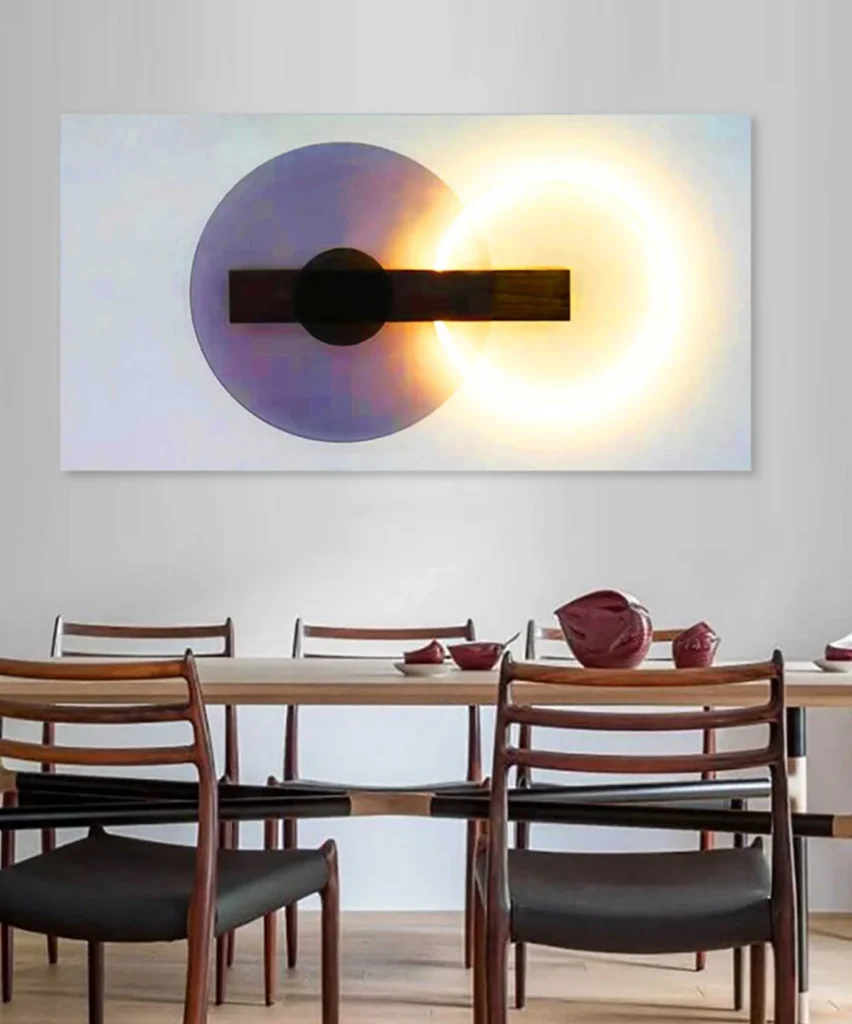
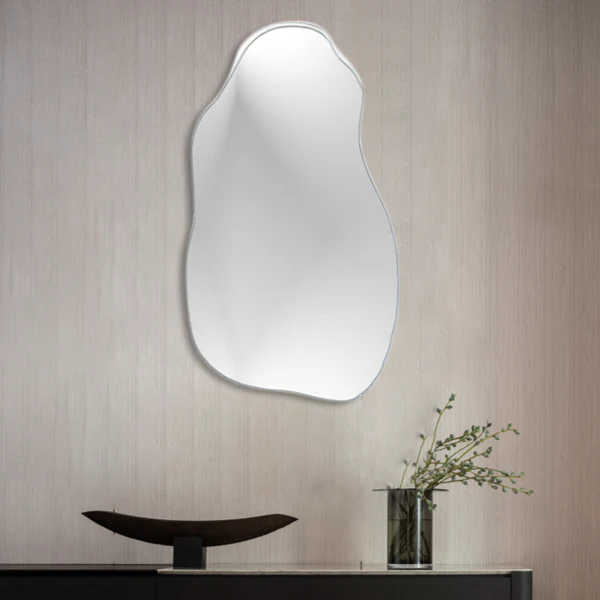
Selecting Decorative Elements
Accessories are the finishing touches that bring your design together. Choose items that reflect your personality and interests. Art, throw pillows, rugs, and plants can add color, texture, and warmth to your home.
Creating a Focal Point
Every room benefits from a focal point that draws the eye. This could be a piece of art, a statement piece of furniture, or even a bold wall color. Arrange your accessories around this focal point to create a cohesive and balanced look.
Rotating Accessories Seasonally
To keep your home feeling fresh year-round, consider rotating your accessories seasonally. Change out throw pillows, blankets, and decor items to reflect the changing seasons. This simple strategy can keep your home looking updated without a significant investment.
Incorporating Trends without Sacrificing Timelessness
Balancing Trendy and Timeless
While it’s tempting to go all-in on the latest design trends, it’s crucial to strike a balance between trendy and timeless elements. Incorporate trendy items through accessories and decor that can be easily updated. For more on balancing trends and timelessness, visit this blog post.
Sustainable Design Choices
Sustainability is an increasingly important aspect of modern design. Opt for eco-friendly materials and furniture from sustainable sources. This not only benefits the environment but can also add a unique and meaningful touch to your home.
Shopping Smart: Budget-Friendly Tips
Prioritizing Your Purchases
When refreshing your home, it’s essential to prioritize your purchases. Identify key pieces that will have the most significant impact and invest in those first. This approach ensures you make the most of your budget while achieving a stylish look.
DIY and Upcycling
DIY projects and upcycling are excellent ways to refresh your home without breaking the bank. Consider repurposing old furniture or creating custom decor pieces. Explore these DIY ideas for inspiration.
Finding Sales and Discounts
Take advantage of sales and discounts to make your money go further. Sign up for newsletters from your favorite home decor stores to stay informed about upcoming sales and promotions. This strategy can help you find high-quality items at a fraction of the cost.
Conclusion
Refreshing your home’s design doesn’t have to be overwhelming. By focusing on key elements like color, furniture, lighting, and accessories, you can create a space that feels both new and uniquely yours. Remember to balance trendy and timeless elements, incorporate sustainable choices, and shop smart to make the most of your budget.
By following these guidelines, you can transform your home into a stylish, comfortable, and inviting space that you’ll love for years to come. Happy decorating!
- 0shares
- Facebook0
- Pinterest0
- Twitter0
- Reddit0



